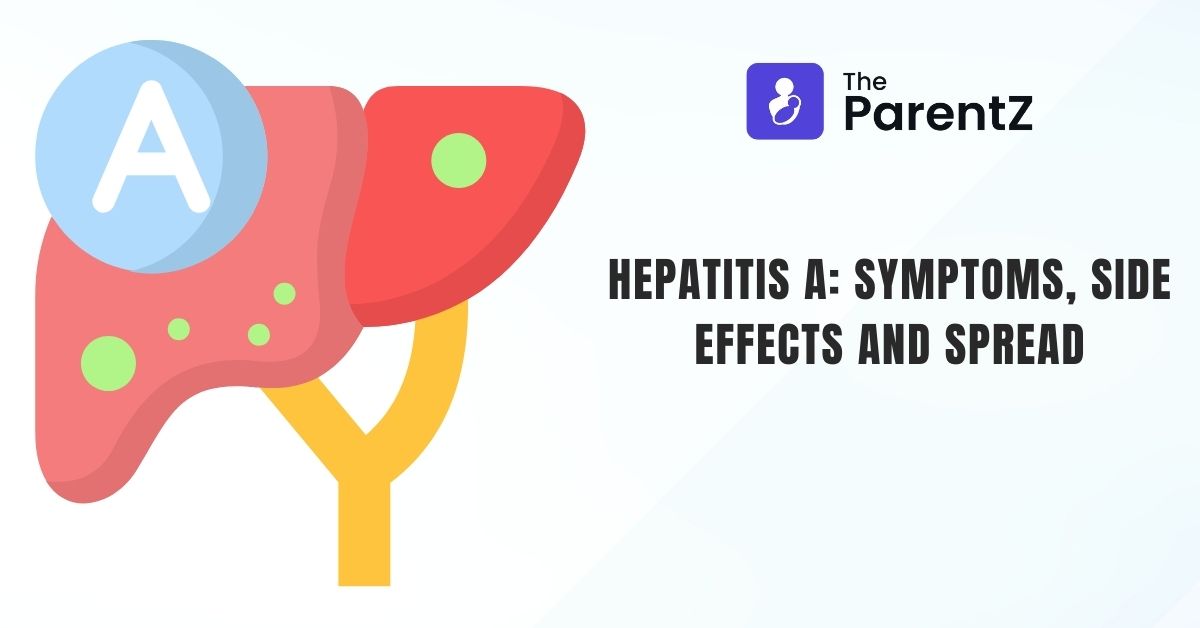When to give a vaccine shot?
Hepatitis A vaccines are of two types, live attenuated and inactivated vaccines. The inactivated vaccines are the most commonly used vaccine worldwide. Inactivated vaccines are recommended for children over 12 months of age.
Two doses of the vaccine should be given with a gap of 6-12 months in between the doses. This gap is flexible and can also be extended to upto 18-36 months if need be. Hepatitis A vaccination is not a part of the newborn vaccination schedule for all countries but you should definitely consider it to protect your child from the Hepatitis A virus.
Why should the shot be given?
Hepatitis A vaccine should be given to prevent the future development of Hepatitis A infection. Since no specific treatment is present for this viral infection, vaccination is the best strategy to protect your child from Hepatitis A. Complete vaccination leads to development of sufficient antibodies in over 94% individuals for Hepatitis A. Vaccination of Hepatitis A is also extremely important if you are travelling with your child to an endemic area where the prevalence of disease is more and there is a greater chance of the development of infection. It should also be given if the child lives in close contact with a person who is already infected with Hepatitis A.
What are the side effects of the vaccine?
Side effects are rare for vaccines but they exist nonetheless. Side effects which may develop with Hepatitis A vaccine are:
- Local reactions may develop. This includes pain, swelling and redness in the area where the vaccine was injected. This is not a cause for concern and it will resolve spontaneously over the next few days.
- Fever may develop post vaccination. Fever can be treated at home itself with antipyretics such as paracetamol being given. The thing to consider during giving your young child medicine is that the dose should be correct according to the age and weight of the child and overdosage has to be avoided.
- Anaphylaxis or an allergic reaction to the vaccine may occur. It can be recognised early by reddening of skin and generalised itching followed by difficulty breathing. A child who develops anaphylaxis should be brought to the hospital immediately. It can be managed by giving a shot of anti-allergic and anti-inflammatory agents immediately.
What is Hepatitis B?
Hepatitis A is an infection due to HAV or Hepatitis A Virus which mainly affects the liver of the child. It is usually acute which is self revolving. At times, there can also be a relapse of the disease after complete resolution of the symptoms. Hepatitis A is a part of the hepatitis infection spectrum which includes Hepatitis A, B, C, D and E.
What are symptoms of Hepatitis A?
Hepatitis A infection leads to the inflammation of the liver. The child initially presents with major gastrointestinal symptoms. This is followed by development of jaundice which is the major symptom of liver. The series of symptoms in a child who develops Hepatitis A are:
- Mild fever may develop due to inflammation and infection.
- There is the presence of nausea and vomiting.
- Child loses his appetite and refuses to eat.
- There is development of jaundice which can be recognised by the yellowing of skin, nails and eyes.
- Jaundice developing further can also lead to generalised itching all over the body.
These symptoms usually resolve completely in over 98% of infected individuals.
Is Hepatitis B a serious ailment?
Hepatitis A is a benign disease with complete recovery expected in a few weeks. Even though the mortality of the disease is low and children recover completely, infection in a child makes them completely bedridden and debilitated for the duration of illness. The disease is widely distributed in the world with a high rate of spread especially in developing countries.
How does Hepatitis A spread?
Hepatitis A can spread through multiple modes. These include:
- The most common method of spread of Hepatitis A is through the feco-oral route. Contaminated water, food or milk lead to the spread.
- Direct transmission can occur in cases of poor hygiene. Contaminated hands, utensils or objects lead to direct transmission.
- The infection can be transmitted through infected blood products, contaminated needles and syringes, accidental skin pricks.
- It is rare but possible that newborns can develop the infection at birth or soon after if the mother is infected. The disease can be transmitted if the mother had the disease during pregnancy.









Be the first one to comment on this story.